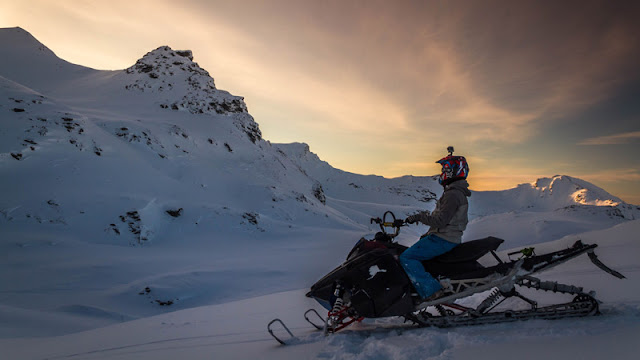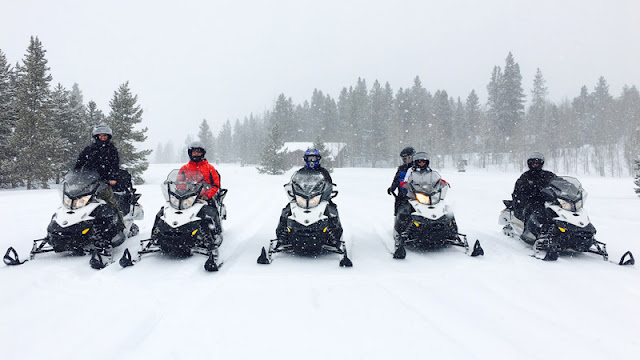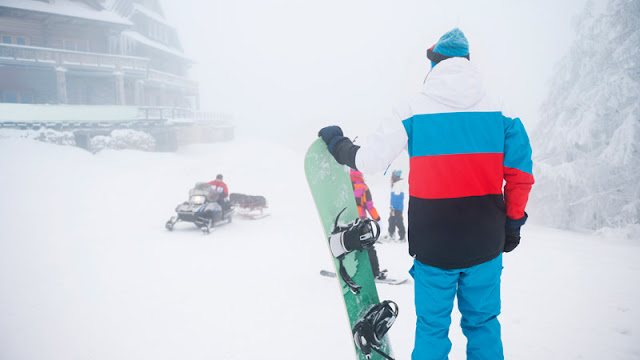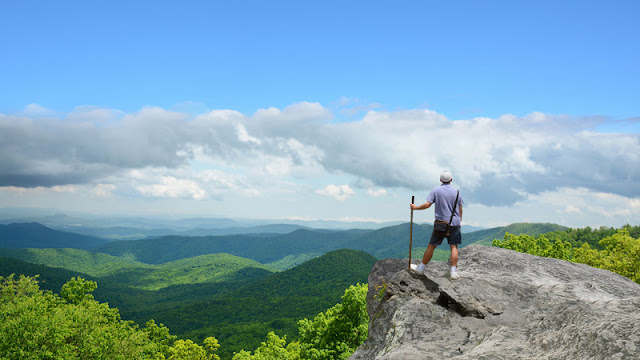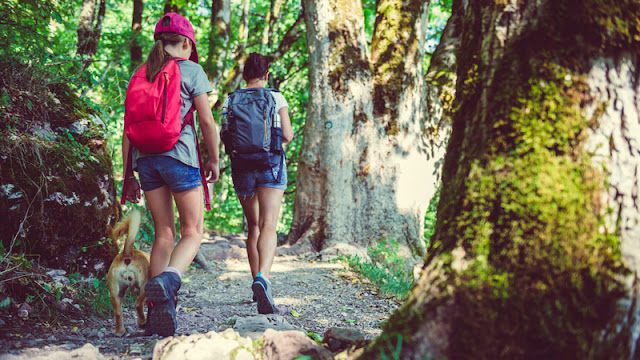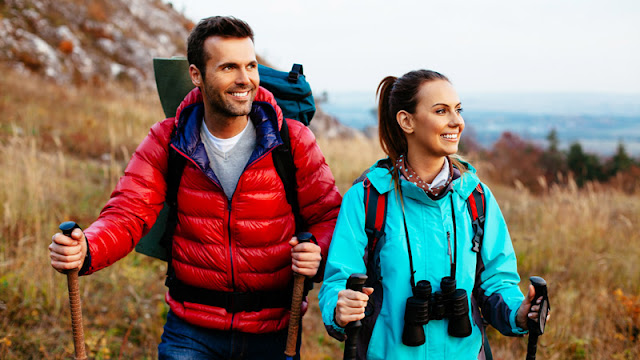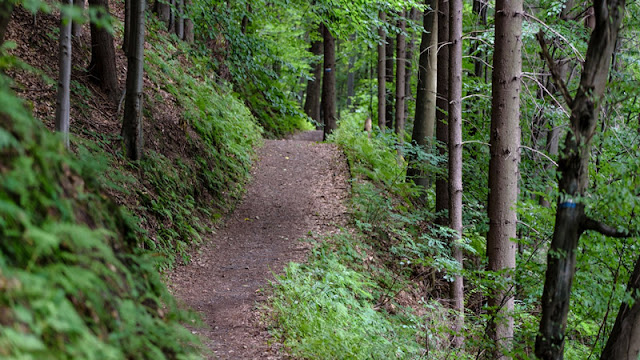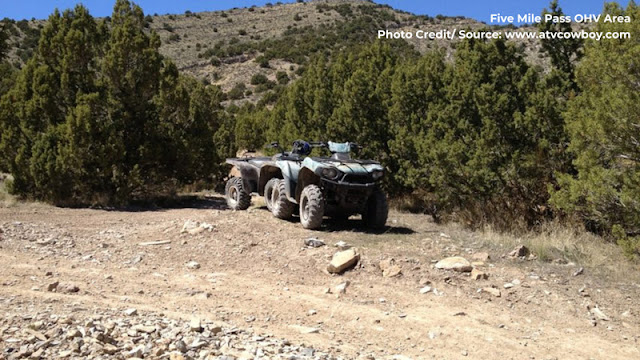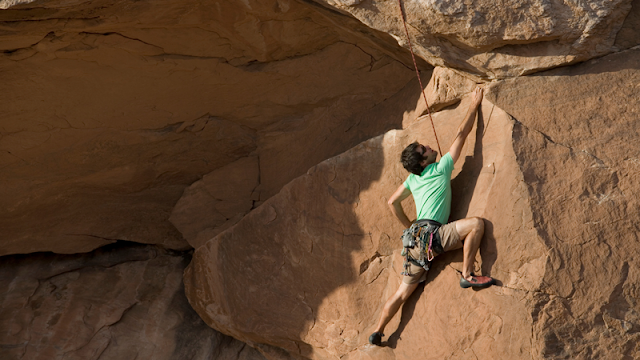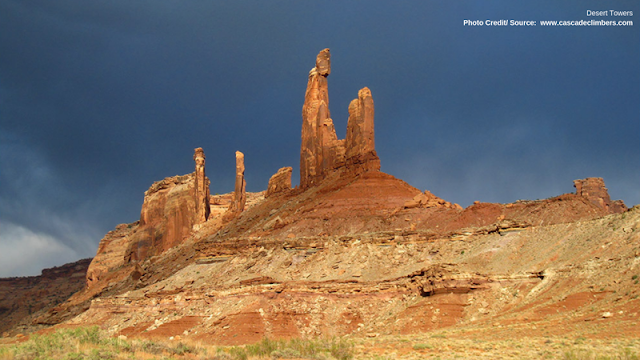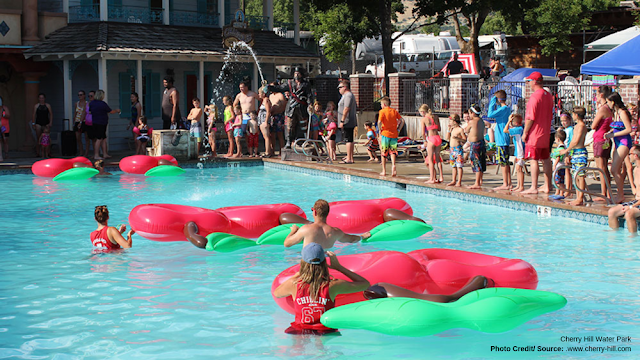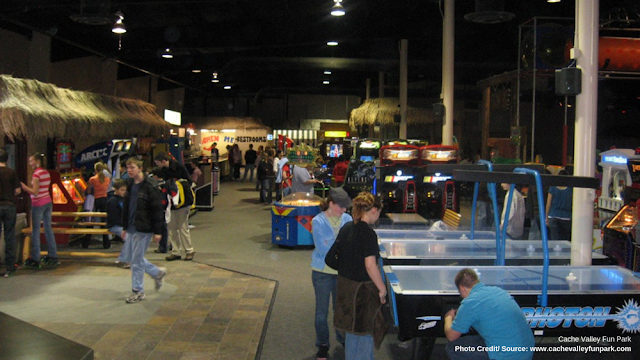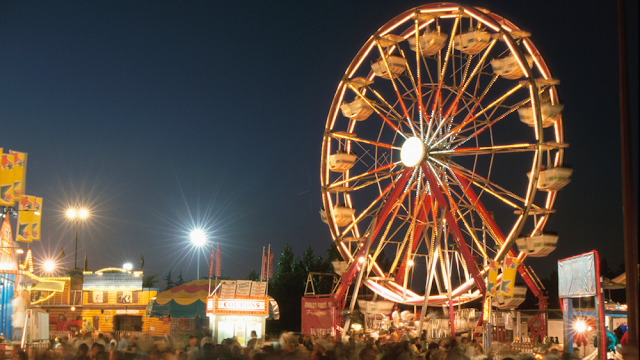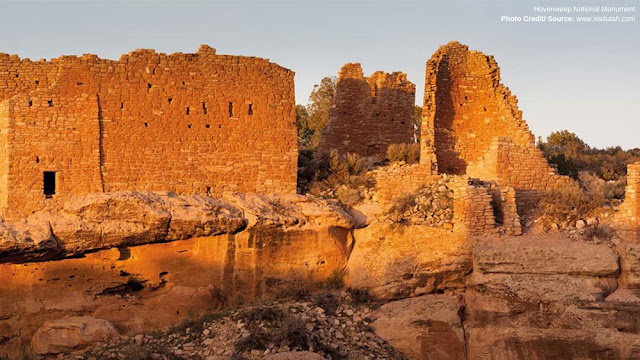Snowmobiles are a great way to exercise your adventurous side during the cold winter months. After thoroughly researching what type of snowmobile is best for you based on the type of excursion you will embark on, you can begin planning your snowmobile tour. There are some necessary steps and some more intricate steps to take to ensure you have a fun, safe, and unforgettable tour. With this beginner’s guide to snowmobile touring, you will learn how to effectively plan your excursion and grow to become an experienced snowmobiler.
Location, Location, Location
As mentioned above, where you go will highly depend on what you need to bring and for how long you will be gone. Research the type of terrain your snowmobile can handle and be sure to account for the incline. When looking for a place to tour, check the trail's website to ensure they have parking. The trailer needed to haul the snowmobile can be quite lengthy and it would create more of a hassle to park it far away from your intended trail. Asking your local community of snowmobilers is a great place to start; there may be snowmobile complex’s in your area that offers amenities such as restrooms or a lot of room to park.Take it Slow
Have you ever been so ambitious about something and it not turn out the way you had hoped? Usually, that is due to taking on too much at once. This same concept applies to snowmobiling. Let’s face it; you are going against freezing temperatures and whatever the current weather has in store for you on your tour. If you take on too much for the first time, you may feel depleted; the ambition can quickly fade away. So, plan ahead and plan small. Start with a small loop, with a wide and flat trail for one day and that can serve as the “ice breaker” you and your snowmobile will need. From there, you can begin planning longer trails with more challenging terrain.Analyze your Map
It is not enough to simply know where you’re going to park that trailer and head off on a trail. Study a map of the area so that you don’t get lost or end up on ungroomed trails in private property. Most trails also have intersecting trails, so you want to make sure you stay on the one you had intended to. You can also see the distance and other points of interest on a map that you can venture to. Having always to check the map while you’re moving is not only dangerous but time-consuming. It is also recommended to check the areas department of travel and or forest service website for road conditions and trail information.Plan your Stay
If you plan on having your snowmobile tour far from home, you need to prepare in advance. Not just to ensure you secure a room during busy months but so that you can research which places can accommodate your trailer. Don’t get stuck sleeping in your vehicle, book ahead. Your map should tell you what lodging is nearby so that you don’t have to travel too long to get back to your trail. Another option is to find a campground that is open year-round. Winter camping is more popular than you might think and can fill up fast. Camping allows you to stay close to or on your trail and will have room to accommodate your trailer.Know your Gear
Aside from knowing what gear to bring, you need to understand what your equipment is designed to handle. One of the most common issues that beginner snowmobilers run into is that they will wake up to a frozen helmet, windshield, and other frozen accessories because they were not waterproof. If it does happen, a nice trick is to place some rubbing alcohol in a spray bottle mixed with water, and it should melt the ice right off your windshield. Other important information to know about your gear is what each piece is for and how to secure it properly. More experienced snowmobilers suggest packing duct tape for quick fixes, should anything go awry.Packing the Essentials
Besides the obvious - jacket, gloves, snow pants, and beanie, you will want to make sure you are packed for freezing temperatures with the wind chill. Protect your face with a helmet, goggles, and bandana. You can also opt for a full ski mask. Along with warm clothes, you will want to pack thermals, a fleece under a jacket, and a double-lined snow jacket. It sounds like a heavy top, but you will be thankful for it while you’re riding. Bottoms would include thermals, snow pants, thick socks, and snow boots. Extra things to pack should consist of bungee cords, waterproof duffle bags, and thermos’.Fuel Stops
This is a necessity when it comes to planning an excursion. You need to plan out fuel for you and your snowmobile. Stay hydrated and energized so that you can enjoy a full day of snowmobiling. Fuel stops for your snowmobile should be planned; never pass up the opportunity to stop and top off the tank. You never know when the next time it will be available, and you will be surprised at how fast time gets away from you. Likewise, planning food stops along the way is just as important. Include a few snacks in your snowmobile pack too for when you stop to take in amazing and scenic views along your tour.Emergency Planning
On the off chance that an emergency should arise; you will need to be prepared. Pack a first aid kit and essential survival tools such as a fire starter, shelter, and a repair kit. Experienced snowmobilers suggest putting your cell phone in a zip-lock bag and placing it a couple of layers inside your jacket. This will prevent it from freezing and keep it dry.Now that you have a foundation to go off for your snowmobile tour, be sure to have fun and stay safe! Check with local shops and community members for tips and use this beginner’s guide to snowmobile touring to plan accordingly so that your ride is memorable, and you can gain experience and skills.







